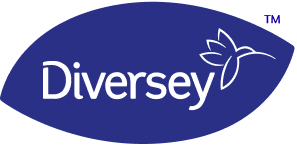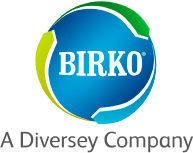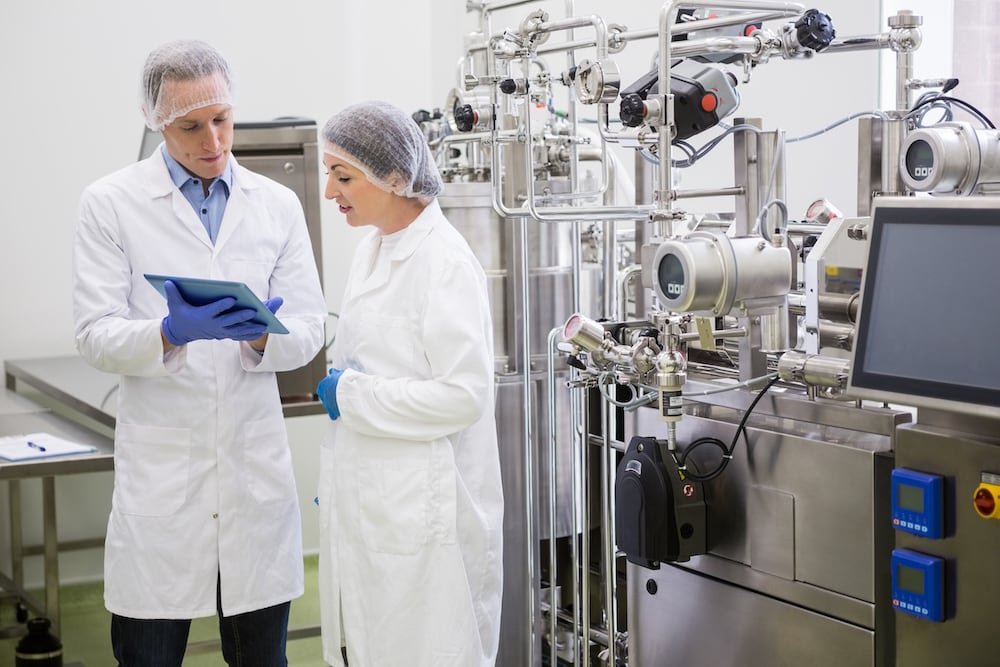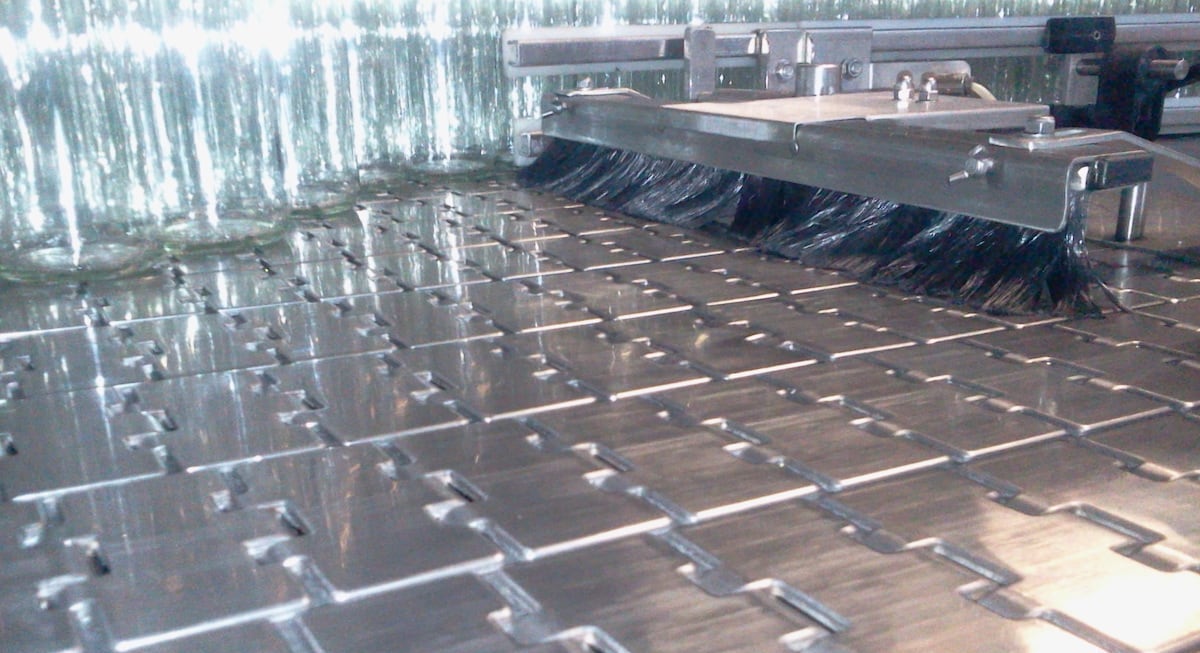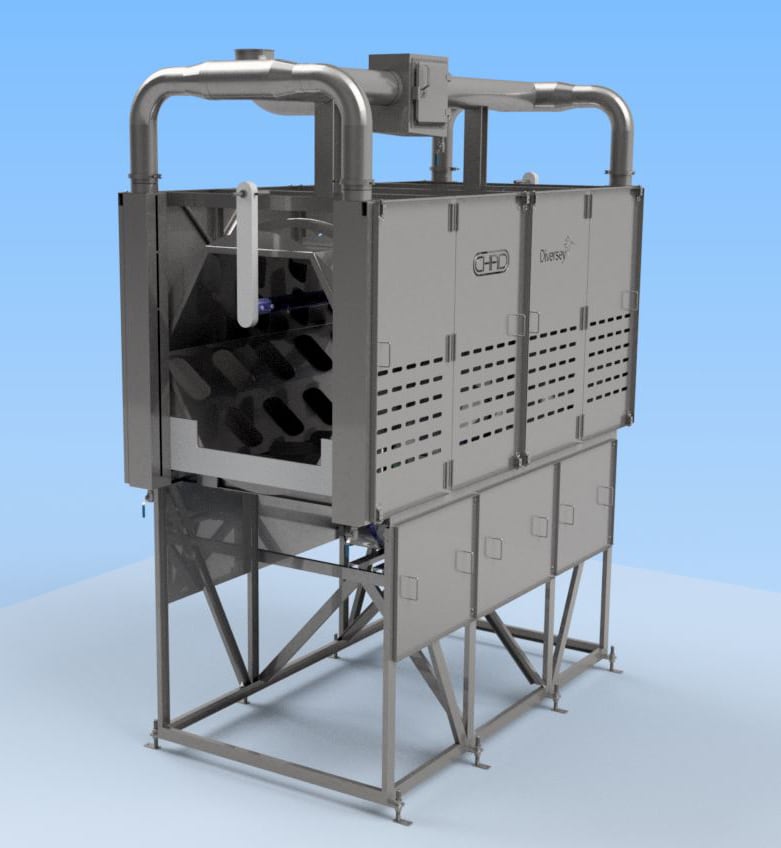We’ve heard from several customers with plants located in areas that discharge directly to municipal wastewater treatment plants. These are called publicly owned treatment works (POTW) and are regulated by local authorities under a National Pollution Discharge Elimination System permit. These permits typically monitor such things as pH, BOD, TKN, TSS, many metals, and phosphates, leaving customers scratching their heads over definitions and appropriate action.
To make this a bit simpler, let’s discuss wastewater. Since most of the treatment for a POTW is finalized with live lagoons, the local authorities must limit your concentrations of pollutants to what the lagoons can effectively handle and each contributor’s share of the maximum discharge limits that the EPA has set for the POTW. Extremes in pH (outside the 6 to 10 range) slow the microbial action in the lagoon, and in severe cases, require neutralization, an extra and costly step.
Biological oxygen demand (BOD) represents the amount of work that the microbes need to do before the water can leave the lagoon. Very high BOD numbers increase the amount and, more importantly, time of microbial action required. The POTW may not have enough residence in its lagoons to handle severe cases.
The amount of nitrogen species in the water is measured as TKN, or total Kjeldahl nitrogen. The Kjeldahl digestion oxidizes all nitrogen species to nitrates for analysis. Microbes at the POTW first nitrify to nitrates, then denitrify to nitrogen gas, in a two-step process that is slow and inefficient. Higher TKN represents a significant increase in residence time at the lagoons.
Total suspended solids (TSS) are a separation problem for the pretreatment area of the POTW. Very high loadings get by the separation steps to begin filling the lagoons with silt. Eventually the lagoons will have to be dredged. The POTW apportions those costs against the TSS figure from its clients. Metals and phosphates are dissolved inorganic contaminants. They are frequently chemically precipitated (turned to solids and then separated). Metals can be environmental poisons. Phosphates are powerful fertilizers for algal growth. That’s how phosphates contribute to eutrification (important to avoid in slow moving water basins). Usually a strategy to minimize either metals or phosphates will be a profitable undertaking.
Major sources of BOD and phosphate at the meat plant are bone, marrow and blood. By efficiently directing these commodities to byproduct streams, you can both improve your sales there, and reduce pretreatment burden (costs) or charges from your wastewater district. Spent yeast is the biggest BOD contributor for our brewing customers. All proteinaceous material is the big source of TKN. By adopting pretreatment, you can develop a strategy to remove these wastes, often at a savings compared to your POTW surcharges for untreated waters.
